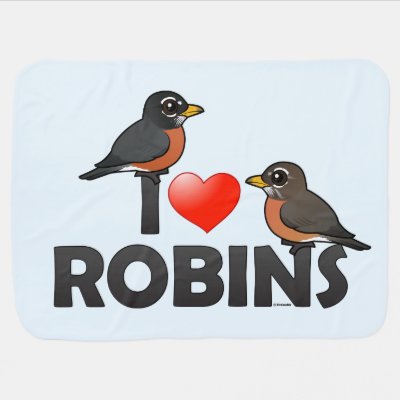Bird Term
What is a Brood Patch? Why and When Do Birds Have Them?
A brood patch is a bare area of skin that some birds develop during nesting. The bare skin is an adaptation to help with egg incuabation.
The patch of featherless skin allows the parent bird to provide extra warmth from his or her own body to the eggs in the nest, and to growing, naked, newly-hatched chicks in the first days of life.

Both males and females can develop a brood patch, depending on the species and how incubation duty is shared. In most species, the brood patch develops as feathers are naturally shed during nesting activities. In some species, the brood patch appears through self-plucking. Ducks and geese, for instance, may line their nest with soft breast feathers, exposing the skin.

The location of the brood patch on the adult bird's body depends on the species. Most birds have a single bare patch of skin, while some species may develop two or even three patches.
Fun Fact: Bird banders use the presence of a brood patch to determine if a bird is currently nesting. The presence of a brood patch can also help to sex or age the bird. The patch on most birds is not immediately visible on the bird's body; banders gently blow air on the belly to separate the surrounding feathers to see if a patch is present.









Comments
Leave a comment
Thank you!